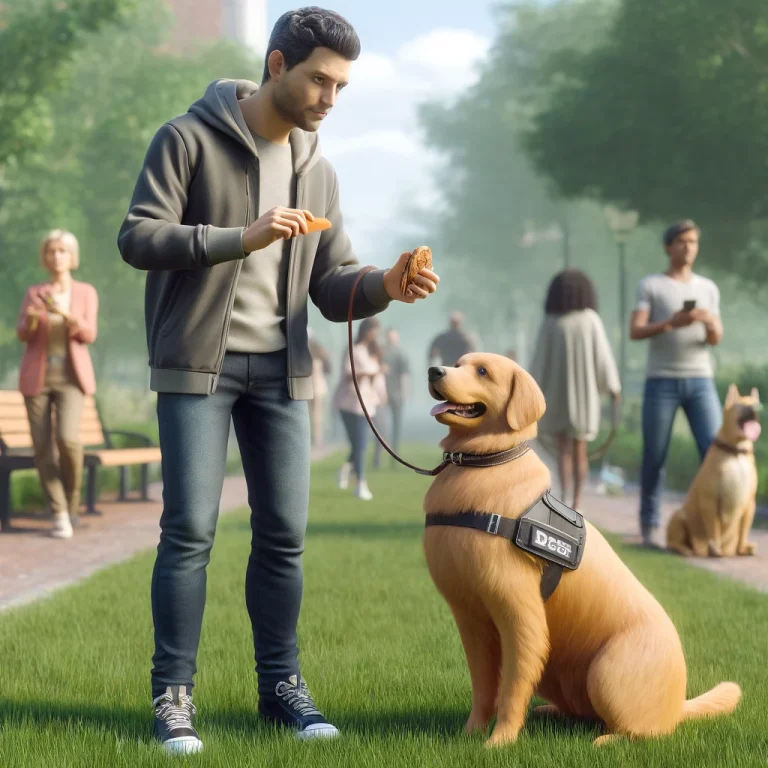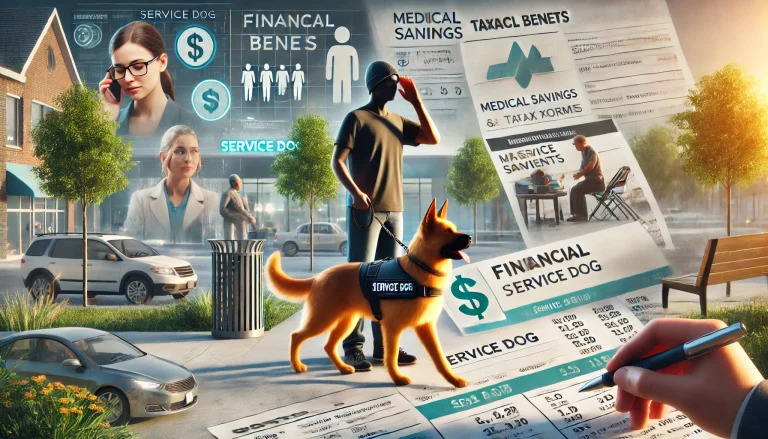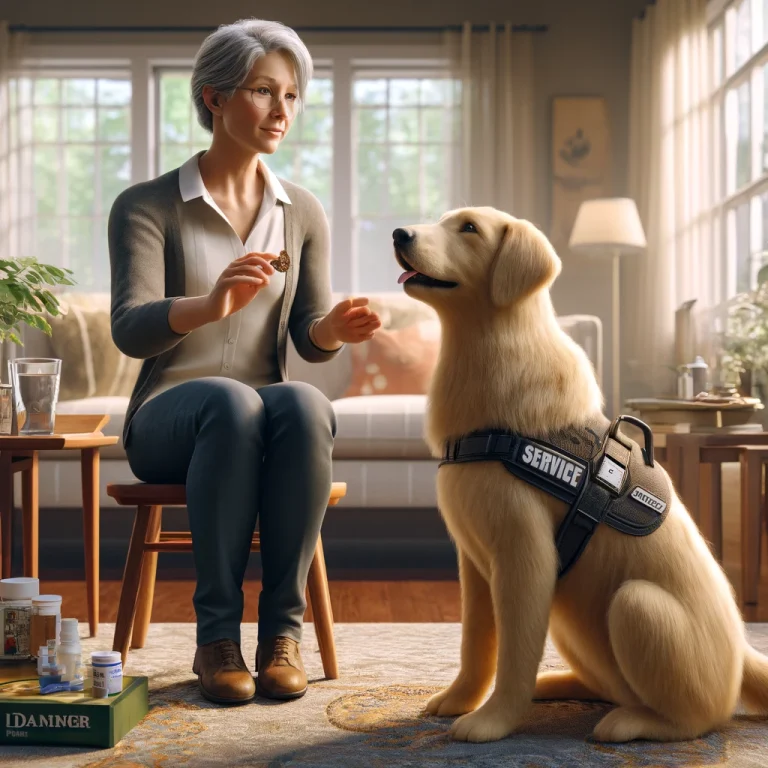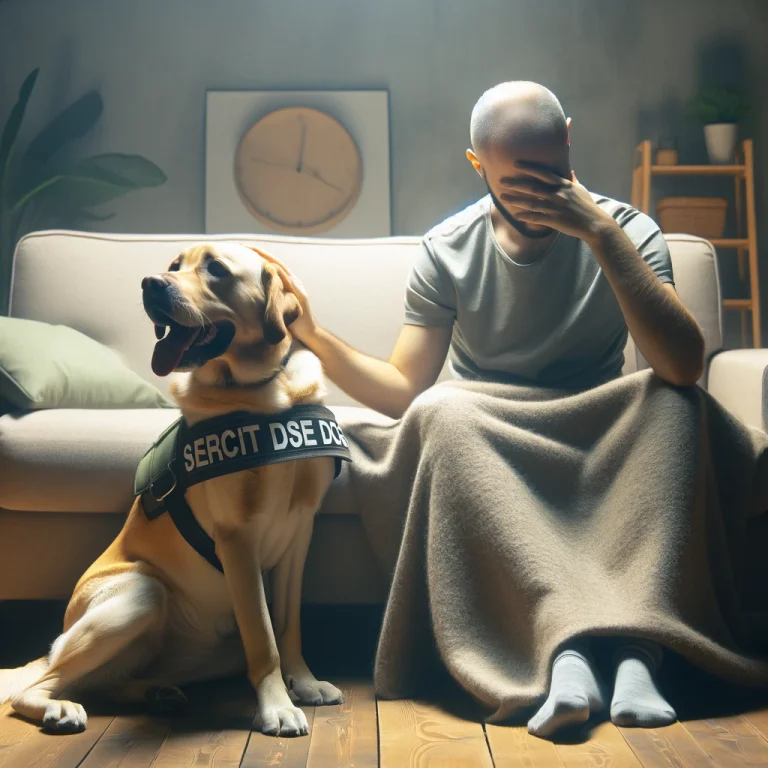Navigating public spaces with a service dog can sometimes be a challenge, but knowing where they’re allowed can make all the difference. This ultimate list provides clarity on the various places where your service dog is welcome, ensuring you both can move confidently and comfortably in public.
1. Retail Stores and Malls
Most retail stores and shopping malls are legally required to allow service dogs. This includes clothing stores, department stores, and even grocery stores. Service dogs are trained to handle crowded and noisy environments, making them perfect shopping companions.
2. Restaurants and Cafés
Under the Americans with Disabilities Act (ADA), service dogs are permitted in restaurants and cafés, including the dining areas. However, they must be under control and should not disrupt other customers.
3. Public Transportation
Service dogs are allowed on public transportation such as buses, trains, and subways. It’s important to ensure your service dog is comfortable and can handle the noise and crowds commonly found in these environments.
4. Hotels and Accommodations
Hotels and other accommodations must allow service dogs in all areas where guests are allowed, including rooms. Some hotels offer special accommodations for guests with service dogs.
5. Airports and Airplanes
Airports and airplanes are accessible to service dogs. They can accompany you through security checkpoints and on the flight, usually sitting at your feet or under the seat in front.
6. Parks and Recreational Areas
Service dogs are typically allowed in public parks, beaches, and hiking trails. However, it’s good practice to check any specific rules or restrictions that might apply to certain areas.
7. Workplaces
Service dogs can accompany their handlers to their place of work. Employers are required to make reasonable accommodations for employees with service dogs.
8. Educational Institutions
Service dogs are permitted in schools, colleges, and universities to assist students and staff with disabilities.
Conclusion:
The presence of a service dog in these places signifies not only the independence they offer their handlers but also the acceptance and understanding of the public. Knowing these locations helps in planning outings and ensuring that both you and your service dog have a positive experience.
Remember, while these are general guidelines, it’s always best to check specific rules and regulations of the place you’re visiting.
For assistance with self-training a Service Dog, Click Here






